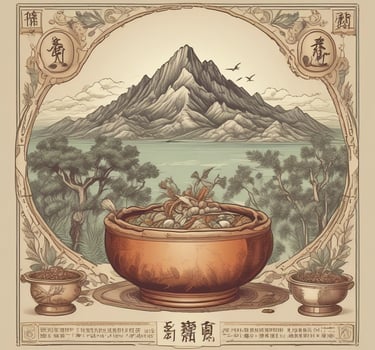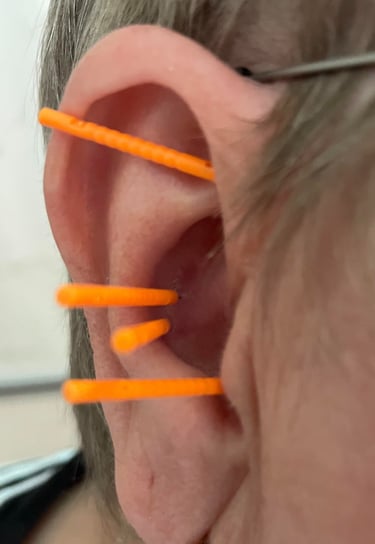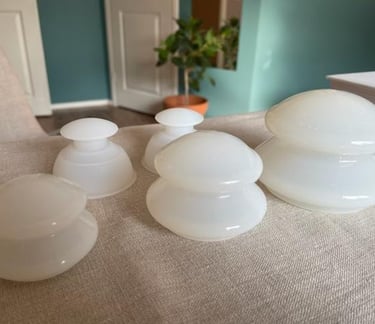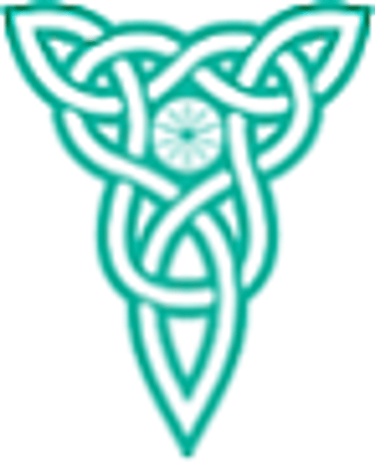Wellness with oMatsude – relax, renew, rebalance

Traditional Chinese Medicine
Traditional Chinese Medicine (TCM) is a holistic treatment system that has developed over more than 2,000 years. It is based on the concept of continuous interaction between the body, mind, and environment. Illness is seen as an imbalance, not merely a malfunction of a single organ.
Key concepts include:
- Qi (life energy): flows through the body along meridians, and its blockages or deficiencies cause symptoms.
- Yin and Yang: the balance between the functional and material aspects of the body.
- Five elements (wood, fire, earth, metal, water): describe physiological processes and the interaction between internal organs.
- Internal organ theory (Zang-Fu): each organ has a physical and energetic role.
Treatment aims to balance energy flows, strengthen the body's defenses, and support natural healing processes. TCM does not focus solely on eliminating symptoms, but on the whole person—physical, emotional, and environmental—and health develops at the individual's personal pace.


Acupuncture is one of the best-known forms of TCM treatment, in which thin, sterile needles are inserted into acupoints located on the body's meridians. The treatment can also be performed using acupressure without needles. This is particularly suitable for children and the elderly.
Objectives:
- Release Qi flow blockages
- Balance Yin/Yang
- Reduction of pain, inflammation, and tension
- Activation of internal organ functions, and nervous system regulation
Possible uses:
- Pain (e.g., back, knee, migraine)
- Sleep problems, stress, anxiety
- Hormonal disorders
- Digestive problems: constipation, reflux
- Fertility support
Acupuncture is often a very relaxing treatment experience and can be combined with other methods such as moxibustion and cupping. oMatsude can use needles on dozens of acupuncture points, but less frequently used points are treated with acupressing for the time being, if necessary.


Moxibustion refers to the heating of acupuncture points, or the removal of pathogens from the body through acupuncture points. The treatment increases the flow of Qi and blood and removes cold and moisture from the body.
Indications:
- Cold or empty conditions (e.g., cold feet, low energy levels, menstrual disorders)
- Chronic ailments and low vitality
- Treatment of excessive moisture in the body
Moxibustion can be performed with a stick, needle, or even a direct moxa, and its heat is usually experienced as pleasant and deeply relaxing, and the treatment as a whole can also be very invigorating. Moxibustion can be performed either on its own or in combination with other treatments. However, due to the smoke, the treatment must be performed outdoors, which limits its use to the warmer months of the year.




Dietary treatment and advice
In Chinese medicine, foods are classified not only according to their nutritional content, but also according to their energetic quality, taste, and area of effect. It is important that food is suited to the individual's physical condition and the season.
Examples:
Warm food for poor digestion (soups, stewed vegetables)
Herbs and grains that remove damp (barley, radish)
Foods that strengthen the blood (beetroot, blueberries, plums)
Foods that nourish yin (almonds, pears, tofu)
Diet can be part of a treatment plan to support, for example, stress, excess weight, insomnia, digestive problems, menstrual disorders, or recovery. oMatsude usually provides some simple dietary advise during the visit, but the best results are achieved with personalised diet plan.


Herbal medicine (phytotherapy)
Herbal medicine is a very broad and well-documented part of traditional Chinese medicine. Finnish plants can support the body in many ways, for example when used in tea.
Uses:
- Strengthening Qi
- Strengthening the blood
- Drying damp
- Cooling excessive heat
- Nourishing Yin
Herbal medicine can be used to support other TCM treatments when needed.
oMatsude may provide some simple dietary advise during the visit, but the best results are achieved with personalised plan.


Ear acupuncture
Ear acupuncture, or auricular acupuncture, is a form of treatment in which acupuncture points on the ear are stimulated with needles, magnets, or seeds.
The method is based on the observation that the entire human body is reflected in the ear area like a miniature model – somewhat like the position of a fetus in the womb (head down, back at the edges of the ear, and feet at the top). There are hundreds of points in the ear that are connected to organs, tissues, hormonal functions, and mental state.
How is the treatment performed?
The treatment usually involves the use of thin needles, ear seeds (e.g., vaccaria seeds), or magnetic balls.
The needles are removed after a treatment lasting about 30 minutes, but the seeds or magnets can be left in place for several days, and the client can remove the balls themselves according to the therapist's instructions. The treatment can also be enhanced with body needles.
Most common uses:
- Pain relief: Back pain, shoulder pain, headaches, joint problems
- Stress and insomnia, anxiety and restlessness
- Detoxification treatments: Support for tobacco, alcohol, and sugar addiction
- Hormonal balance: PMS, menopause, fertility support
- Digestion and weight management: Hunger control, metabolism support


Gliding cupping is a massage-like treatment in which suction cups are slid over oiled skin. The treatment stimulates blood circulation, improves fluid circulation and lymph flow, releases muscle tension, and activates metabolism.
The treatment is particularly helpful for:
- Tension in the back and shoulder area
- Swelling and slow fluid circulation, e.g., neck hump
- Stress, fatigue, and recovery
The treatment feels pleasant and relaxing, while at the same time invigorating the body and making you feel noticeably lighter and more relaxed. The treatment is gentle but effective, and it can be tailored to individual needs and seamlessly combined with other treatments.
Not recommended for acute inflammation, varicose veins, or the lower back during pregnancy.


Tuina massage is a traditional therapeutic massage form in Chinese medicine based on balancing meridians, acupuncture points, and energy flow (Qi). It is not just relaxation, but a precise and targeted treatment that combines various techniques such as pressing, stretching, rolling, and firm rhythmic movements.
Tuina for the back – particularly suitable for relaxing the deep back muscles
From a TCM perspective, the back is an important pathway for the movement of Qi and blood. It is home to the Shu points of many internal organs, which can also be used to treat digestion, breathing, hormone function, and pain regulation.
- Releases muscle tension and knots
- Activates blood and fluid circulation
- Supports kidney, liver, and lung function
- Suitable for chronic pain, stress, tension headaches, and lower back problems
Tuina for the head and neck-shoulder area – calms the mind and clears the thoughts
The head area is home to many yang meridians and sensory connection points. Tuina treatment on the neck, scalp, and base of the skull calms the nervous system, promotes blood circulation to the brain, and relieves pressure on the head area. It can also reduce ringing in the ears, eye strain, and jaw muscle problems.
How does the treatment feel?
Tuina is a rhythmic and dynamic technique performed by hand, but it does not feel painful. Massage of the head and neck and shoulder area may even lull the patient into a brief sleep!
Wellness with oMatsude
Wellness with oMatsude – relax, renew, rebalance
Contact
hyvinvointipalvelut @omatsude.com
+358 41 430 4300
© 2025. All rights reserved.
Business ID: 1951053-7
